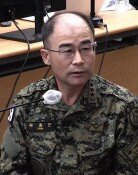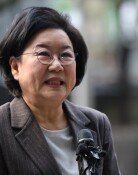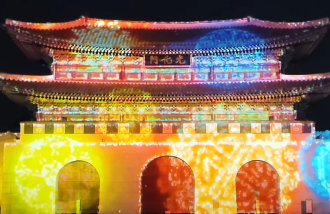Goguryeo Silk Road Painting Fades in Primitive Museum
Goguryeo Silk Road Painting Fades in Primitive Museum
Posted October. 26, 2007 09:16,
A 7th Century Goguryeo wall painting located at one of the strategic places on the Silk Road, Samarkand, Uzbekistan, may disappear for good soon.
The mural is a historic piece that shows Hye Cho, an eminent Buddhist monk of Shilla who wrote Record of a Journey to the Five Kingdoms of India, and general Goh Seon-ji, a Goguryeo descent, who went on a trip to the countries bordering on Western China, traveled as far as the Pamir Plateau, which is about 7,000km away from Korea using the Silk Road some 1,350 years ago.
The Korea University Museum (headed by Choi Gwang-shik, professor of the Korean History) explored related sites in 2006 and 2007, and confirmed on October 22 that painting that shows the two delegates from Goguryeo that is on display at the Afrasiab Museum, Samarkand has been seriously damaged, showing only their outlines.
Discovered in 1965, the mural is a colored painting that depicts foreign delegates having an audience with the King during the late 7th Century at the Afrasiab Palace, Samarkand, one of the important stops on the Silk Road. Historians have confirmed that two of the delegates are Koreans as they are wearing a coronet decorated with a feather and a long sword.
Since late historian Kim Won-ryong informed the historical circle of the painting in 1976, people debated whether it was set in the Goguryeo, Shilla, or Balhae kingdoms. The Sogdian language on the painting, however, proved it was painted during King Wahrhumahns reign, meaning the Korean delegates in the picture are most likely those of Goguryeo descent visiting the palace around the years 650-655.
The mural is being displayed at the museum, but due to poor handling and unsophisticated museum facilities, the painting began to deteriorate, and most of the faces on the painting disappeared. The Goguryeo delegates appearance is barely visible, showing little bits of the feather-decorated coronet, shapes of their faces, a sword, a light brown colored knee-length jacket, and pointed shoes, which were common to people from Goguryeo.







